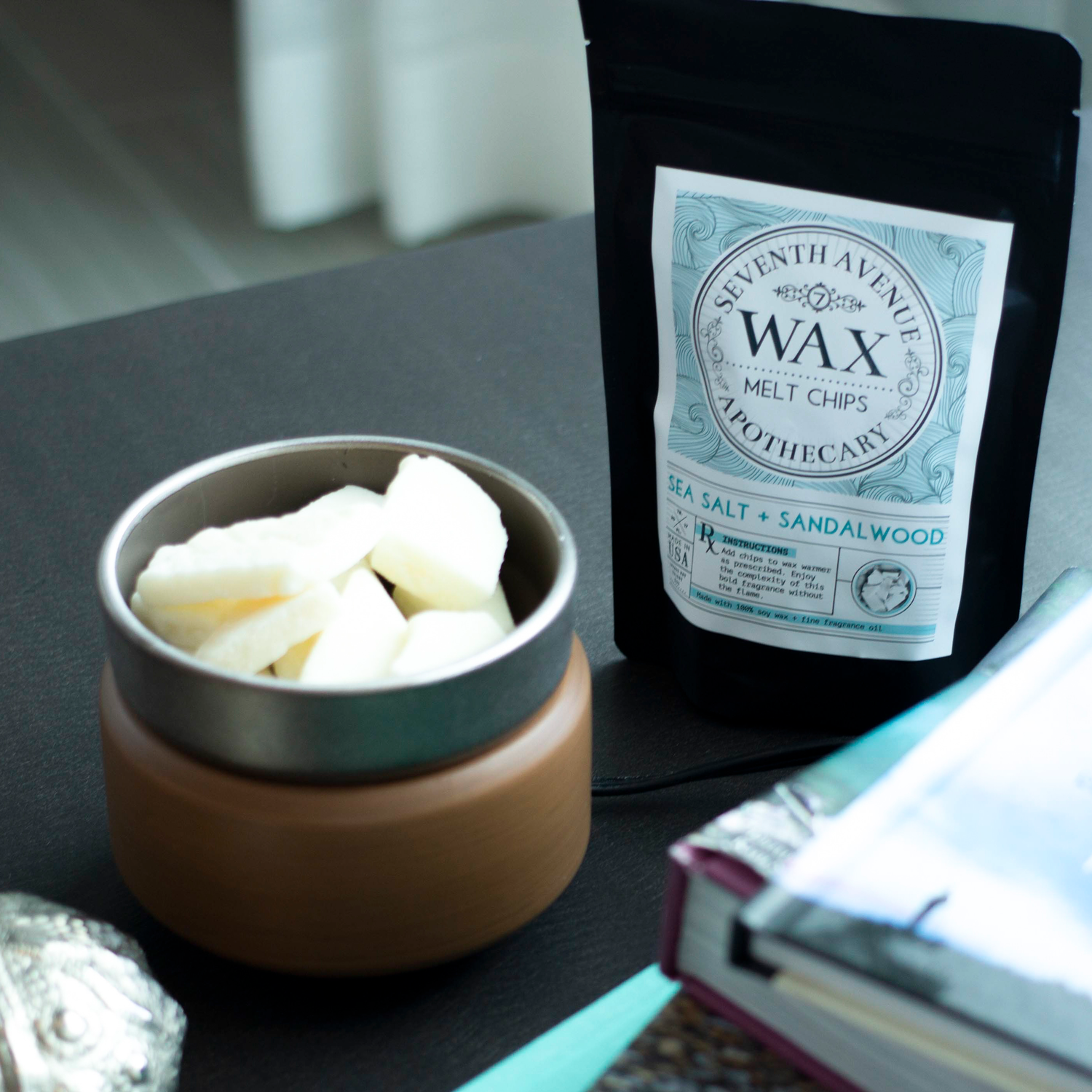It might seem like a bit of magic, but there's a fascinating science behind it. When you light a candle, the wax doesn’t just disappear—it undergoes a remarkable transformation.
So, Where Does The Wax Go?
Here’s how it works: When you light the wick of a candle, the flame’s heat melts the wax near the base. As the wax turns from solid to liquid, it doesn’t simply vanish. Instead, it follows a journey that’s both intriguing and complex.
The liquid wax is drawn up the wick, which acts like a sponge, transporting the wax to the flame. Once there, the intense heat causes the wax to break down into gases. This process, known as combustion, converts the wax’s hydrogen and carbon atoms into carbon dioxide and water vapor.
As the wax burns, the candle's glow and warmth come from this chemical reaction. The flame releases energy in the form of light and heat, while the wax molecules react with oxygen in the air. The result? The wax transforms into carbon dioxide and water vapor, which then float away.
What Causes Candles to Produce Smoke and Soot?
Candles are all about creating a cozy atmosphere and adding a touch of elegance to your space. But sometimes, they can produce smoke and soot, which can dampen the experience.
Understanding Smoke and Soot
In a perfectly burning candle, the wax melts evenly and fuels the flame without issue. This results in a clean burn where the wax transforms into carbon dioxide and water vapor—harmless and evaporated into the air.
When things go awry, however, incomplete combustion occurs. This happens when the wax melts faster than the flame can burn it. Instead of a clean burn, you end up with smoke and soot—those pesky black particles that can leave a residue on your candle jar and surroundings.
Why Does This Happen?
It's normal for a candle to flicker or produce a bit of smoke when first lit as it settles into a steady burn. However, persistent smoke and soot might signal that something's off with the wick or the burning environment.
How to Keep It Clean
To enjoy a pristine burn, remember to trim your wick regularly and keep your candle in a draft-free spot.
The Importance of Candle Wick Sizing and Care
At Seventh Avenue Candles, the right wick is essential for a safe, even burn. Here’s why it matters:
Wick Size and Care
A wick that's too large can cause excessive heat, making your candle burn unevenly and potentially crack its glass container. On the flip side, a wick that’s too small won’t melt the wax pool evenly, leaving you with wasted wax and a dim flame.
Trim your wick to about 1/4 inch before each burn. A longer wick leads to a hotter, unstable flame, reducing your candle's lifespan and increasing fire risk. Proper trimming ensures a steady, safe burn and maximizes your candle’s longevity.
Testing and Performance
We rigorously test our candles to ensure the wick size matches the fragrance and vessel. With the right wick care and sizing, your candles burn beautifully and safely, providing the ambiance you love.
Where does the wax from wax melts go?
Unlike candles, wax melts don’t evaporate. When heated, the wax melts and releases its fragrance, but it doesn’t disappear. Over time, the scent fades, leaving behind the unscented wax, which remains in your melter until you decide to replace it with fresh melts.
What happens when candle wax is melted?
When a candle is lit, the flame heats the wax near the wick, turning it into a liquid. This liquid wax is drawn up the wick, where it’s vaporized by the flame’s heat. The vaporized wax then breaks down into hydrogen and carbon molecules, creating the candle’s fragrance.
Do you burn wax melts until they disappear?
Wax melts don’t burn away like candles. Instead, they release their fragrance as they melt. Once the scent fades, the unscented wax stays in the melter. You’ll need to replace it with new melts to refresh the aroma in your space and potentially recycle the remaining wax.
The magic of candles is a science worth appreciating. As wax melts, it transforms into carbon dioxide and water vapor, while proper wick care ensures a clean, even burn. For a flawless candle experience with exceptional quality, explore our collection of candles to discover the perfect candle for your home.














